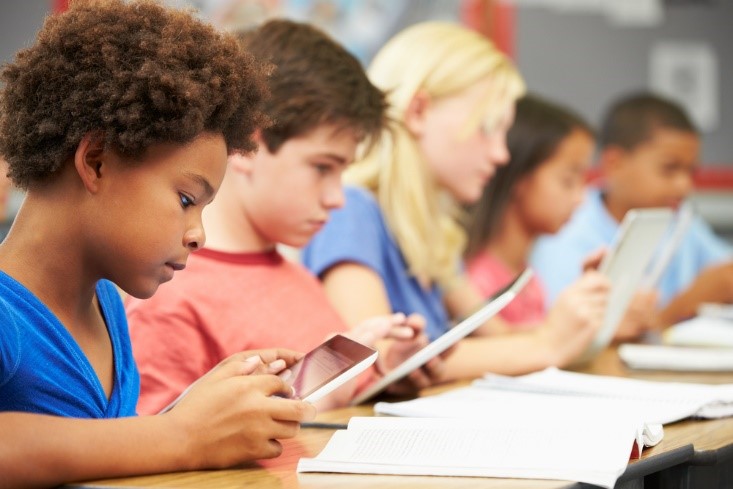There’s no question that the classroom is experiencing a technological revolution in the 21st century. Education is easily one of the biggest areas where technology is changing the game as computers, big data, and interactive tech booms. In this post, we’ll highlight five of the biggest techs that are reshaping the way learning happens in classrooms worldwide.
Smart whiteboard
Remember the old days when you used to watch your teacher write out a whole page-worth of equations or poems on a whiteboard? Well, those days are long past now that smart whiteboards are on the scene. While they can still be used for all the usual drawing and writing functions, smart whiteboards are also extremely versatile due to their internet connectivity. These are some of the incredible things you can do with a smart whiteboard:
- Surf the web, and then project any site that you need for educational purposes
- Show videos without having to wheel in a TV
- Play music through high-quality speakers
- Create interactive slideshows that students can learn from directly
Smart whiteboards also are great for running classroom management software that educators can use to track attendance, record grades, and show students where they can improve.

Netbooks and tablets
Netbooks and tablets are rapidly becoming more inexpensive and easier to deploy in a classroom setting. If you don’t know, netbooks are essentially small, web-ready laptops that can be used to browse the Internet as well as do simple data manipulation and word processing. Tablets usually fill the same functions, but they’re extremely portable and they’re usually touch screens.
Both of these lightweight and versatile learning tools can be a huge leg up for students. This is because, in a rapidly digitizing world, technological fluency is an absolute must. With the addition of clever gizmos like netbooks and tablets into classrooms, students learn about the internet, how to operate a computer, and how to safely search for information while doing research. This is an even greater benefit to lower income students who may not have access to high tech devices at home.
Quiz clickers
In the past, pop quizzes had to be administered on paper, which was both wasteful and also meant the teacher had to spend hours grading. Now, quiz clickers can be used instead. Whether a teacher provides actual hand-held clicker devices or has students download a quizzing app for their phones, students can answer quizzes and get feedback in real time.
This is a game-changer for a variety of classrooms. Large university lectures, for instance, can now incorporate instant quizzes into their curriculum. Overworked teachers can quickly assess how students are absorbing material without having to take the extra time to grade dozens of quizzes. It’s a simple technology, but the addition of quiz clickers is sure to change assessments for the better in years to come.

Online courses
This list may be about classroom learning, but online courses still deserve a mention. That’s because, even in a classroom setting, online courses can provide a vital supplementary roll. For students who are struggling to keep up with difficult material, assigning an at-home lesson can be a great way for them to learn difficult material at a pace that works for them.
Many teachers find that online STEM courses can also be a great way to help students review before exams. Students can slow down and review technical concepts a few times over, at their own pace, before moving onto the next step. This affords them a kind of in-depth and tailored learning experience that’s great for studying and really solidifying knowledge of key concepts.
While online courses will never be as good as an in-person education, they provide a useful way to supplement classroom learning.
Enhanced communications
New communications technologies are making education easier than ever. With video chat, live-streaming, voice calls, and messaging software, staying in touch is a cinch. How does this help educators? These are some of the most important ways:
- Students who need to travel can video-chat in to class to still receive their lesson.
- Learning can become global, with video courses administered over the internet.
- Students can connect with other students across the globe and share their unique cultural perspectives.
- Students can stay in touch with teachers when they are falling behind, or if they are experiencing troubles in their personal lives.
There’s no question that enhanced technologies will change the way learning happens. With the right application and an approach that puts students and teachers first, anything is possible.
